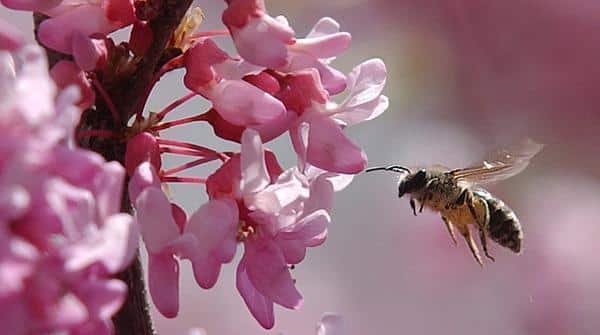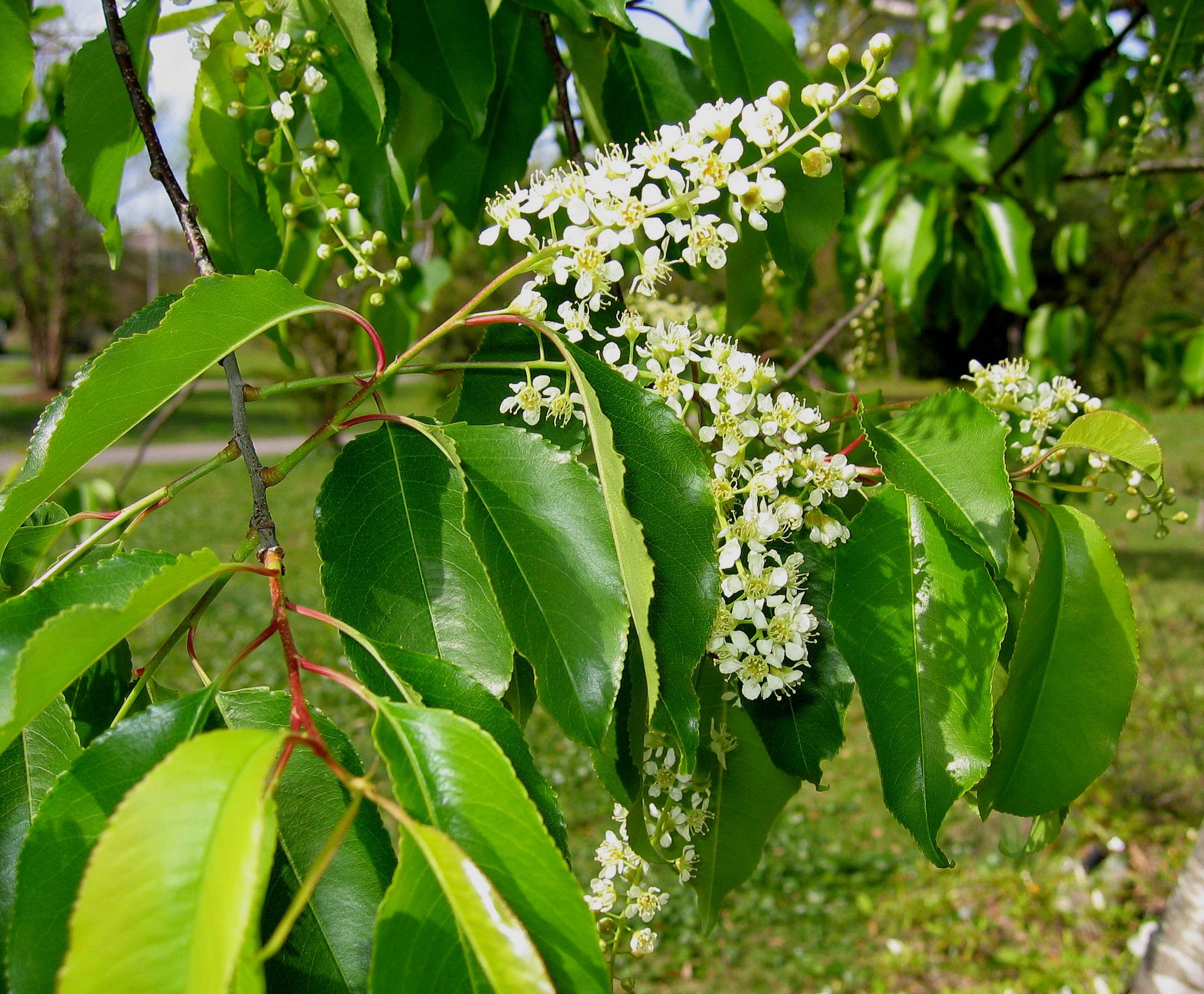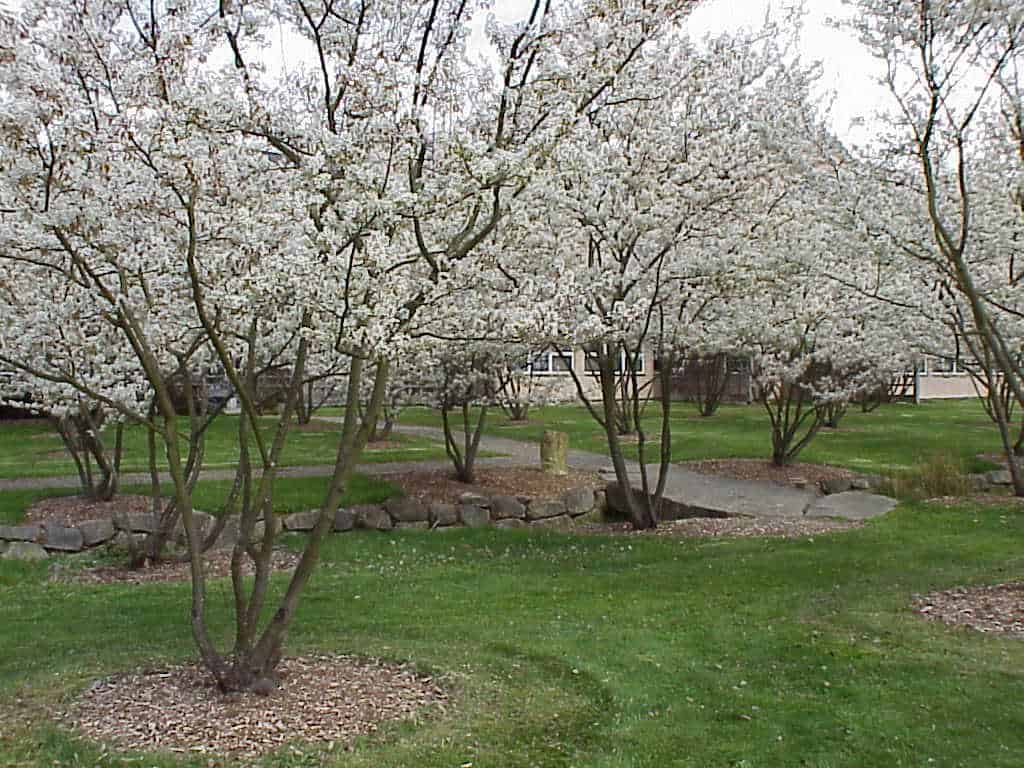Top 6 Native Trees for Bees
When thinking of pollinator supporting plants, most people think of perennials and shrubs, but many Maryland native trees are great sources of food for bees. Now that Howard County is becoming a “Bee City” we have compiled our list of the best Maryland native trees for bees. Click the plant title to go to our online shop with additional information for each plant.
1.Black Cherry (Prunus serotina)
While most trees pollinate by wind, black cherry is one of the few that need pollinators to help them bare fruit. Bees are attracted to their delicate white flowers that bloom in late Spring. Black cherry grows up to 60 feet tall and prefers part to full sun with medium to dry soils. Their berries also attract many species of birds.
2. Dogwood (Cornus florida)
Flowering dogwood attracts 3 different kinds of mining bees with their large Spring flowers, which begin blooming in April. It is a smaller tree that grows in full sun.
3. Oak (Quercus)
Bees love native oak trees for both their spring catkins as well as their bark, which they use for shelter. Red oak, white oak, and scarlet oak are the most common ones found in Maryland. They grow up to 80 feet in full sun, and make great shade trees.
4. Maple (Acer)
Bees not only love maple trees for their nectar-rich flowers, but they also feed on the sap from the trunk of the tree. Honey bees collect the sap through holes created by birds such as woodpeckers, and a sapsucker bee is able to drill its own hole through the bark. Red maple, silver maple, sugar maple, and box-elder are the preferred species for bees.
5.Redbud (Cercis canadensis)
Redbuds have small pink flowers that attract honeybees and carpenter bees in early spring. They can tolerate shade, but planting them in sun will yield more flowers and attract more bees.
6. Serviceberry (Amelanchier canadensis)
Serviceberry produce nectar rich white flowers in early spring that honeybees and mining bees love. This is a smaller, multi-stemmed tree that prefers full to part sun, and it grows up to 20 ft tall. The summer berries are also a great source of food for birds.
Check out our gardening for bees Pinterest board
Related blogs
Top 8 Native Shade Pollinator Plants






